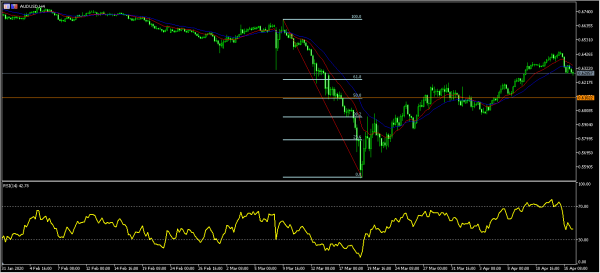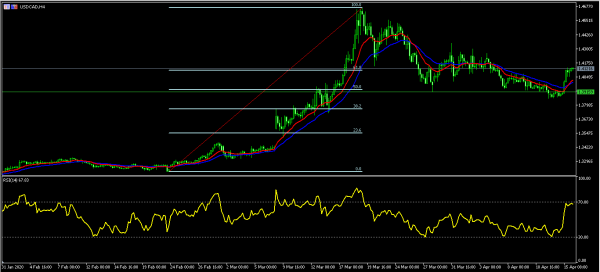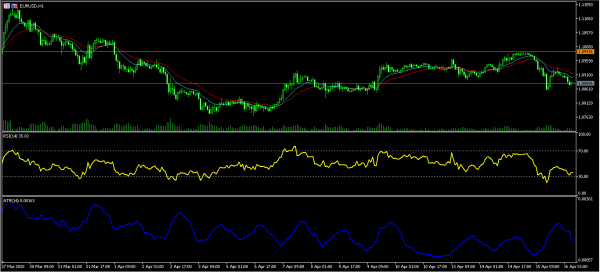The Australian dollar declined after the bureau of statistics released the March jobs numbers. The data showed that the unemployment rate rose to 5.2% in March from the previous 5.3%. The economy added about 6k jobs in the month while the participation rate held steady at 66.0%. These numbers were all better than what analysts polled by Bloomberg were expecting. However, the numbers don’t tell the real story because the survey was conducted in the first two weeks of the month. This was slightly before the government started a lockdown to prevent the spread of coronavirus. Therefore, the real numbers to focus on will be those released in the coming month.
US stocks declined by more than 1% as investors reacted to negative economic and financial data. Yesterday, financial results from big banks like Goldman Sachs, Citigroup, and Bank of America were disappointing. The net income of these companies declined by more than 50% as they allocated more money to provisions. This means that they expect most clients to default on their loans. In addition, the US released some of its worst economic data. For example, industrial production declined to the lowest level in decades while retail sales slumped by more than 8%.
Today, we will receive the building permits data, Philadelphia Fed manufacturing index, and weekly jobless claims data. We will also receive earnings from Abbot labs, Blackrock, Morgan Stanley, AMD, and Bank of New York Mellon. From Europe, we will receive the PPI data from Switzerland, the business climate index from Germany, and industrial production data from the European Union. We will also receive the manufacturing sales and ADP nonfarm employment change from Canada. These numbers will come a day after the BOC left interest rates unchanged.
EUR/USD
The EUR/USD pair declined in overnight trading as investors reacted to negative data. The pair is trading at 1.0875, which is below the short and medium-term moving averages on the hourly chart. The RSI has declined to slightly above the oversold level while the average true range has declined. The pair may continue moving lower ahead of the US jobless claims data.
AUD/USD
The AUD/USD pair declined after the Australian Bureau of statistics released upbeat jobs data. The pair is trading at 0.6265, which is lower than yesterday’s high of 0.6450. It is also approaching the 61.5% Fibonacci Retracement level while the RSI has started to decline. There is a possibility that the pair may continue falling and possibly test the 50% Fibonacci level of 0.6100.
USD/CAD
The USD/CAD pair held steady as investors reacted to the interest rates decision by the Bank of Canada and the uncertainties in the oil market. The pair rose to a high of 1.4125, which is along the 61.8% Fibonacci Retracement level on the hourly chart. The price is above the 21-day and 14-day exponential moving average while the RSI is rising. Therefore, the pair will likely continue rising if it remains above the 61.8% retracement level.














